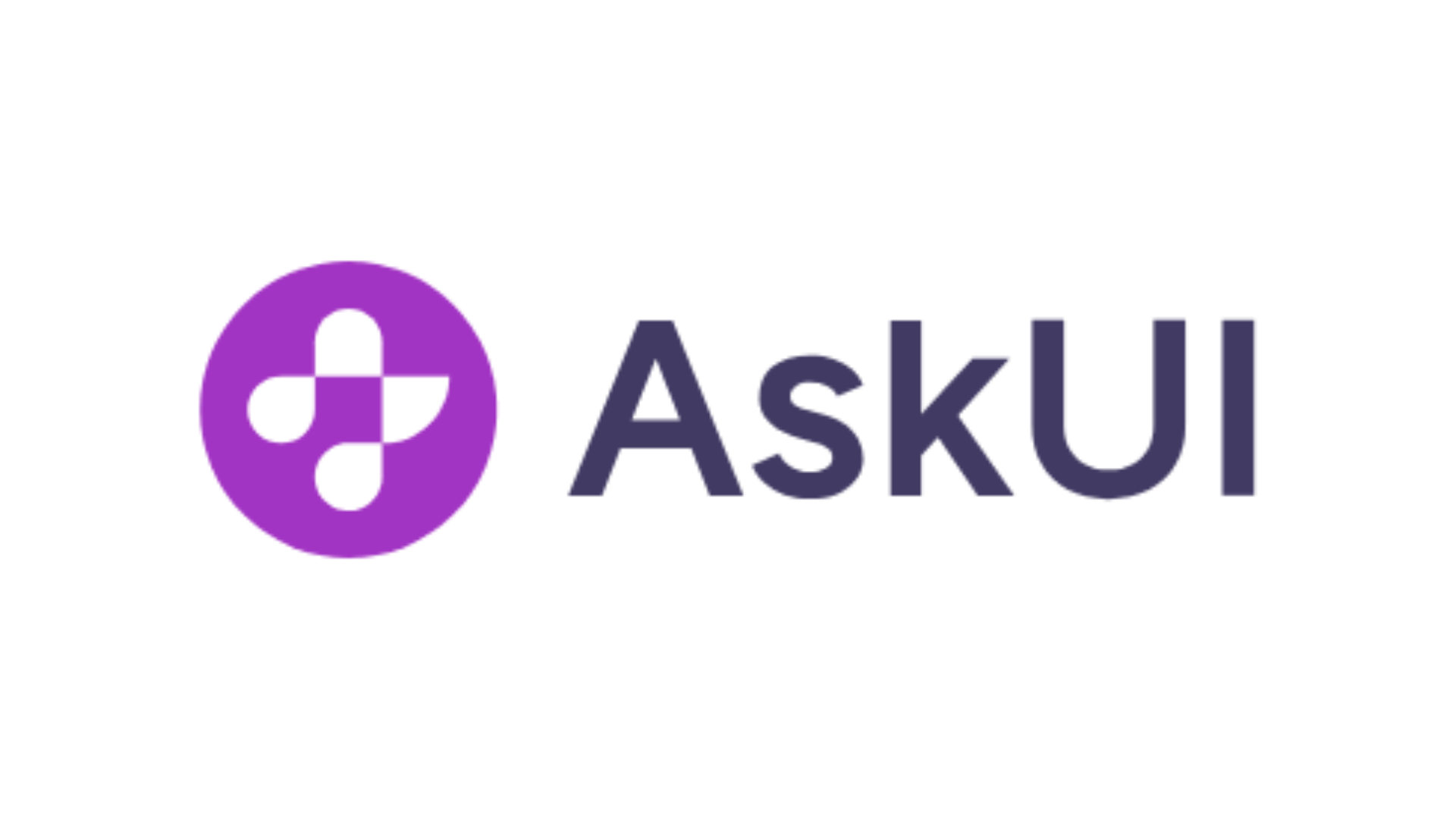Quality Engineering and Software Testing Tools Directory

We've made things easier to access all things.

Test only what matters. Patented AI Risk Based Testing Tool, TestBrain

AI testing tools generate the precise set of tests you need to maximize coverage and de-risk every release.

Test management with AI: Make testing faster than humanly possible

First Test management tool that used the power of AI

TPGi’s on-demand single-page accessibility testing tool. Use it to remediate failures surfaced in ARC Monitoring scans or as a QA tool.

Cloud-scale performance testing. Effortless load testing and synthetic checks at scale. Cloud-native and open-source. The next evolution of performance testing.

Testing or Automating User Interfaces? Save 93% of your time, building tests or automations that run on any platform

Agentic test management by Testsigma streamlines planning, execution, and reporting for faster, quality releases.

Accelerate and simplify the entire Software Testing Lifecycle through AI

AutoTestData is a single page web application to generate the Fake Test Data just in 3 simple steps. It is an absolutely free community product.

Robust, efficient and accurate accessibility testing tools for all Built on the world’s most popular accessibility testing library, axe-core. Deque’s suite of axe tools offers full coverage for your testing and compliance needs.

BackstopJS automates visual regression testing of your webapp – comparing screenshots over time.

A test framework for testing bash scripts

Really simple tool for creating and running BDD tests. It lets anyone create and run BDD tests in bulk automating the whole testing process and simplifying error detection and handling.

Catch performance regressions in CI with Continuous Benchmarking

BetterBugs is your go-to for thorough, shareable bug reports. Capture console logs, network logs, and system details for easy issue-solving, all with real-time comments.

Radically better observability stack

The Big List of Naughty Strings is a list of strings which have a high probability of causing issues when used as user-input data.

Bird makes bug reporting 50% faster. Record your screen and our browser extension will automatically capture all the relevant data for you (steps to reproduce, system info, console logs, etc.).

One cloud for all device and browser testing needs.

The Complete Continuous Testing Platform Any test. Any device. App quality without limits.

With servers in >250 cities around the world, check your site for localization problenms, broken GDPR banners, etc.

Create, run, and maintain web and mobile tests with no-code, AI-driven automation in the cloud

We've made things easier to access all things.

Discover how integrating SAST with comprehensive test management enables your team to ship safer software sooner.